Tarling blasts toward time trial victory in UAE Tour, Pogacar strengthens position in GC
CyclingTuesday, 18 February 2025 at 13:47
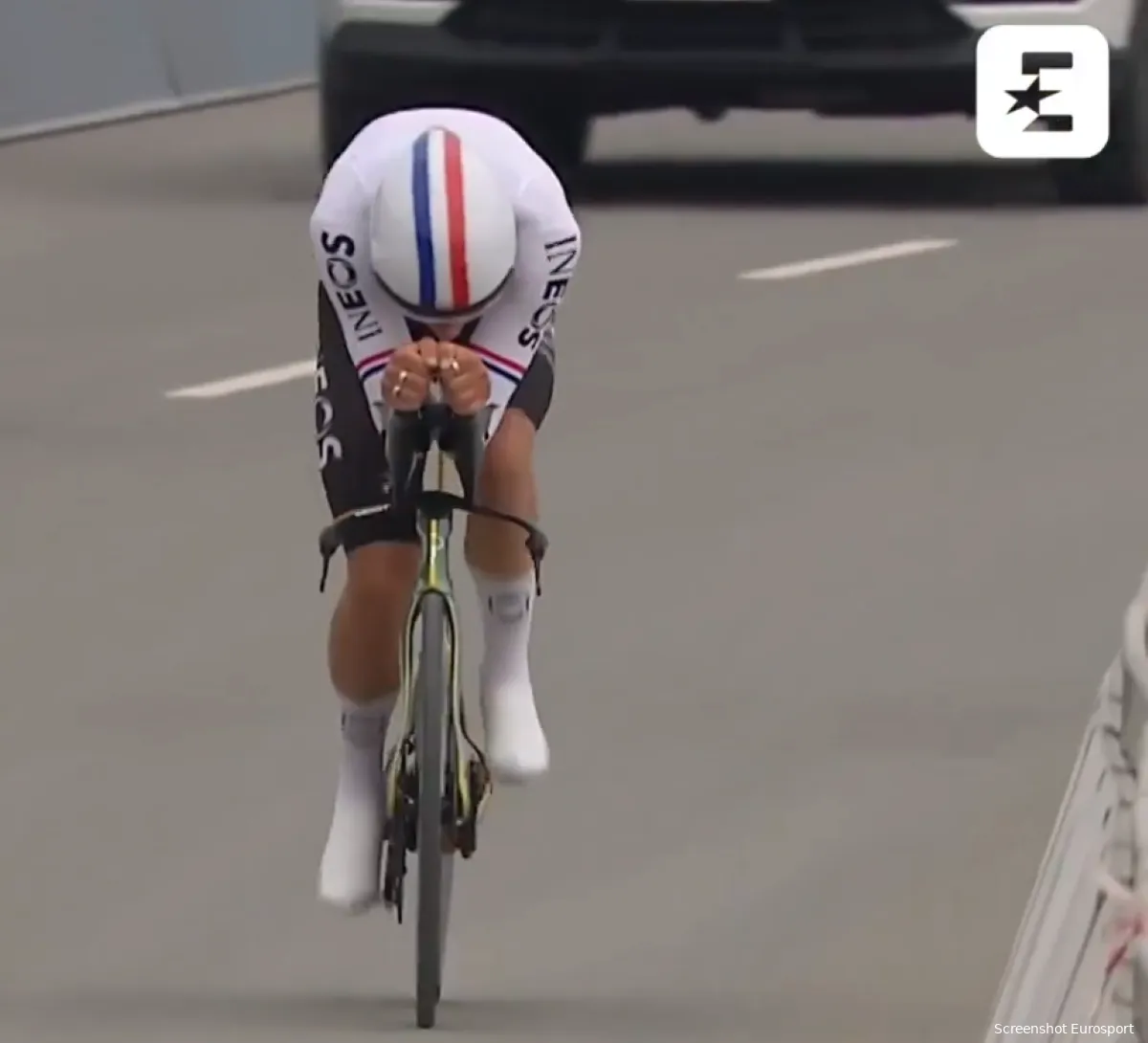
Joshua Tarling won the second stage of the UAE Tour. It was a flat, twelve-kilometre time trial with no turns or other obstacles. In other words, it is an ideal playing field for time trial specialists. Tarling proved himself to be the strongest and flew over the course.
The second stage of this WorldTour race was an individual time trial over a flat course of about twelve kilometers. It greatly resembled the time trial from the UAE Tour 2024, where the home team claimed the leading role. Brandon McNulty won then, with teammates Jay Vine and Mikkel Bjerg next to him on the podium. This time, too, it was a dream scenario for the fast riders. The course had no elevation changes, hardly any turns, and no technical obstacles. It was an important test for the GC riders from the start: who could get the first advantage and who would lose time?
Text continues below video
Tactical choices of contenders and GC riders
Normally, riders in a time trial start based on the GC: the last in the standings begins first, while the GC leader is the last to go. However, different rules apply to the UAE Tour. Although the GC ranking is maintained, teams can decide which rider gets which starting slot. Only when two teammates start too close together after each other is the order slightly adjusted.
This resulted in several interesting choices. Like Tadej Pogacar, who decided to start very early, he certainly wasn't the only one. Other GC riders and time trial specialists also set off early to benefit from more favorable conditions. The wind was mainly in their faces and was about to pick up. Later on, there was also some light rain.
Text continues below video
Pogacar sets first serious target time, but is no match for Tarling
Pogacar was the first to set a serious target time. The Slovenian raced across the flat course and finished with an average speed of over 55 km/h, ten seconds under the time of Iván Romeo, who had been the fastest until then.
Yet, with all these top riders so close together, it didn't take long for someone to go faster. First, Stefan Bissegger beat the time by five seconds. But then came the British powerhouse Joshua Tarling. The 1.94-meter-tall Brit, the British time trial champion, overtook his predecessor, who had started a minute earlier, after just five minutes. It was a sign of an unprecedented explosion of power. The INEOS Grandiers rider stormed across the course and finished with an average of 56.6 km/h. This made the British cannonball thirteen seconds faster than the Swiss.
Text continues under the X message.
Tarling has to wait long in the hot seat
Then the waiting began, a very long period of waiting for Tarling. Who could beat the British trialist's time, especially with the weather conditions worsening? It certainly wasn't Lennart van Eetveld. Last year's overall winner lost 28 seconds to his biggest challenger this year, Pogacar. For example, the Belgian's time was comparable to Bart Lemmen's.
But there was a surprising performance by Pablo Castrillo, Movistar's new rider. The Spaniard, who won two stages in the Vuelta in 2024, recorded the sixth fastest time and lost only nine seconds to Pogacar. Other GC riders with good time trial skills were Pello Bilbao and Finn Fisher-Black, who also finished in the top ten. Outside the top ten were climbers like Harold Tejada, Giulio Ciccone, and Carlos Rodriguez.
As expected, no one else came close, even in the top ten; not much changed. Jonathan Milan was the last to start and seemed to be the only one who could still be a threat, but he, too, could not compete against the wind. He lost 1 minute and 12 seconds and thus had to hand over his leader's jersey to Tarling.
Results stage 2 UAE Tour 2025
Results powered by FirstCycling.com
IDL-productions
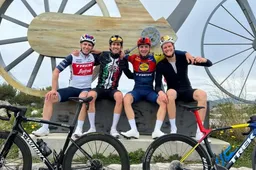
Ciccone avoids Giro talk but with help from Oomen and famous friends, he can't deny he’s in top form

Course and results Tour of the Alps 2025 | Ciccone outsprints competition, Tuesday's stage is unpredictable

Pogacar responds to Soudal complaints: "Domen Novak had already set the pace for 150 km"
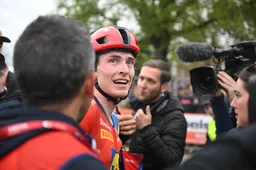
"If anyone can beat Pogacar in Huy, it’s Thibau Nys"; Lidl–Trek wants to rumble on with confidence boost
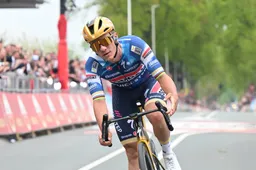
Evenepoel points to UAE rider as cause of massive crash, and warns ahead of Huy: "Nys won’t get a free ride"
Latest Cycling News

Ciccone avoids Giro talk but with help from Oomen and famous friends, he can't deny he’s in top form

Course and results Tour of the Alps 2025 | Ciccone outsprints competition, Tuesday's stage is unpredictable
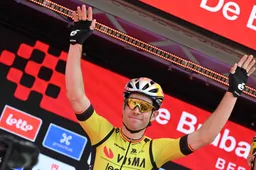
Former riders highlight key detail in Wout van Aert's spring classics: "Better than in 2021"
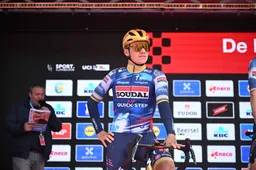
Evenepoel full of confidence after Amstel ahead of Flèche Wallonne, but Soudal Quick-Step remains wary of early UAE attacks

Ecstatic Ciccone outsprints AG2R duo to take victory in Tour of the Alps
Popular Cycling News

Pogacar responds to Soudal complaints: "Domen Novak had already set the pace for 150 km"

Evenepoel points to UAE rider as cause of massive crash, and warns ahead of Huy: "Nys won’t get a free ride"
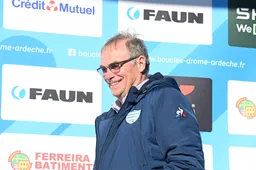
Hinault fires back at French critics over Pogačar doping suspicions: "What would they say if he were French?"
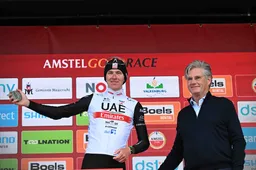
Preview Amstel Gold Race 2025 | Pogacar vs. van Aert, with Pidcock, Nys, Evenepoel & others in the mix
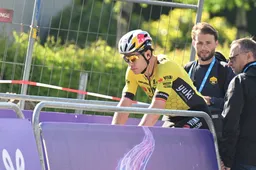
Van Aert admits mistake: "That was a misjudgment on my part"
Latest Comments
- Such negative comments that are truly inappropriate and actually ridiculous. He sounds like an old man, bitter that he can't race anymore. Why can't he just be gracious? Or just shut up. Instead of howling for attention, in such a rude manner. Must be Dementia creeping in. We are all living in the Now. Records are there, and some are being broken, some are unapproachable. If he doesn't like it, and it makes him sick, maybe he ought start watching some other sport. Don't want the old mans health to be upset.
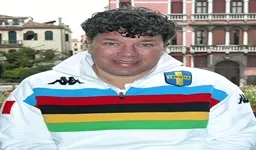 reemmo031-03-2025
reemmo031-03-2025 - Roger De Vlaeminck inspires me to create a new beer: "Bitter Old Twat Belgian".JackInhof31-03-2025
- Shoot, I'll ride it for 1/10 of what his pay for that day is😅Veganpotter30-03-2025
- What is this? The Lance Armstrong daily cheaters channel? I could care less about Johan and Lance the seven times cheater. Greg Lemond was right all along, Why don't you write about that instead of these two knuckleheads.velodrone28-03-2025
- Are we all doomed to hear from Lance Armstrong and Johan bruneel until the end of time? It's not enough the stain they left on cycling? Do we have to see that shadow forever?bigyakman26-03-2025
- I am not sure if it is the hardest to win. In Flanders and Roubaix well before the finish the Peleton will be decimated and the race will normally be won by the best rider of the day or maybe 2nd or 3rd in case of a mechanical or unlucky break especially in case of Roubaix. In San Remo just before the finish there will still be several riders in contention and they are hard to ditch. For the best riders it is a race hard to win since it is not so selective. But if you are not a top 5 rider but still a top 10 rider this race is your best change to win. You will see more Milan San remo Winners with only 1 monument win than any other monumentsJoostmehrtens19-03-2025
- "fap fap fap oh Lance oh oh OHHHHHHH" again. Does he pay you to dredge up people with nice things to say about him? He was an giant a$$hole to people. It is a fact. Whatever his contrition about the doping, he is unapologetic about being a giant a$$hole to people. (Why yes, I do only login to complain. *I* am however only a giant a$$hole to people who laud giant a$$holes.)ericjensenridesbikes25-02-2025
- Remco is still very young. And injuries can absolutely keep you from overdoing it and getting worse. The recent Remco accident didn't keep him from being able to ride a recumbent inside. Wout's knee is a different story thoughVeganpotter23-01-2025
- Van der Poel style is winning by a half a lap and leading the race from the end of the second lap.
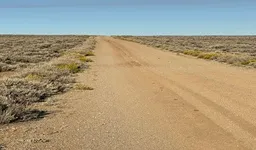 Barnes127420-01-2025
Barnes127420-01-2025 - If she thinks talent alone will put her there she will not see many podium finishes much less a GC finish.....work as a team utilizing tactics to consistently be at the top.Germanrazor10-01-2025